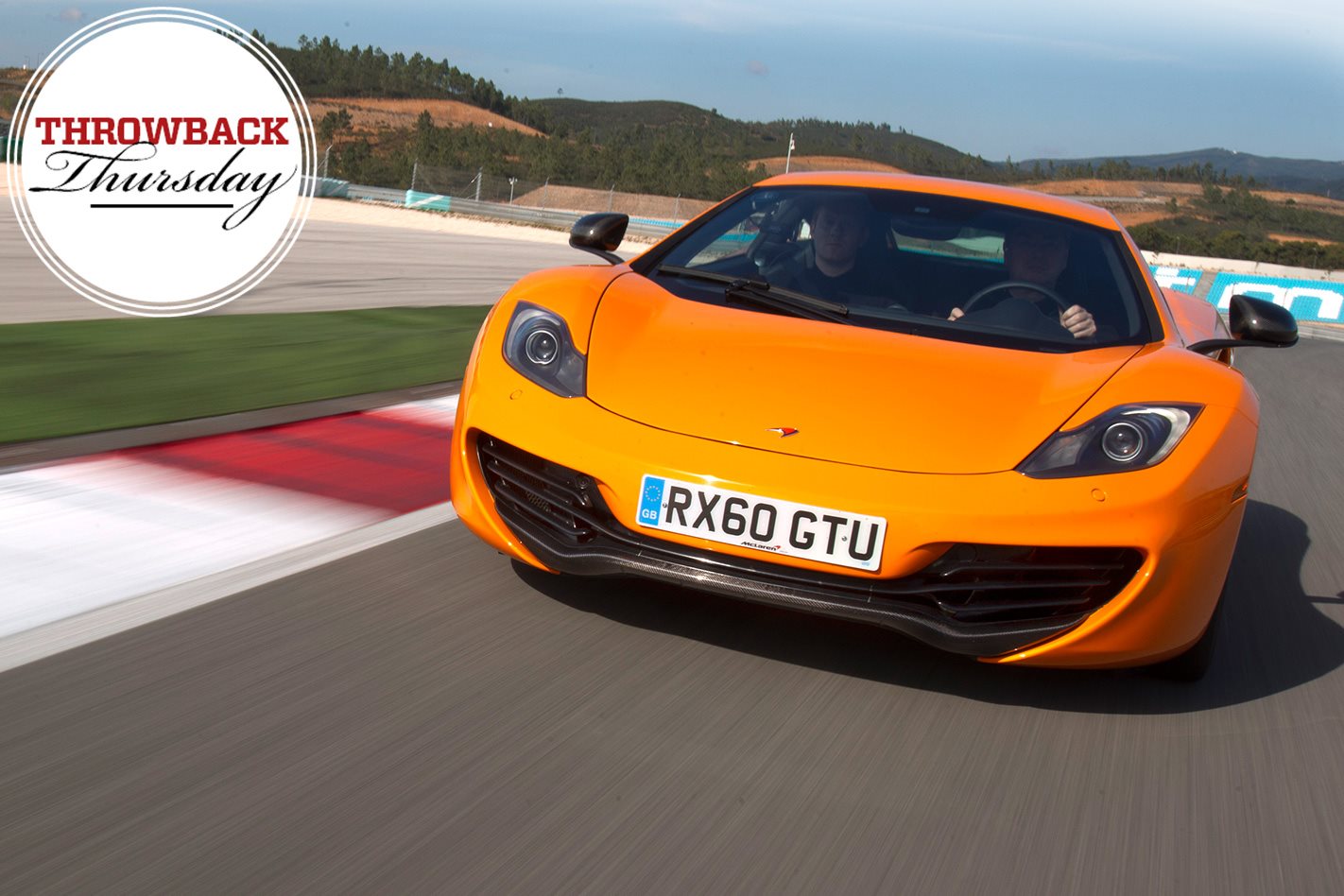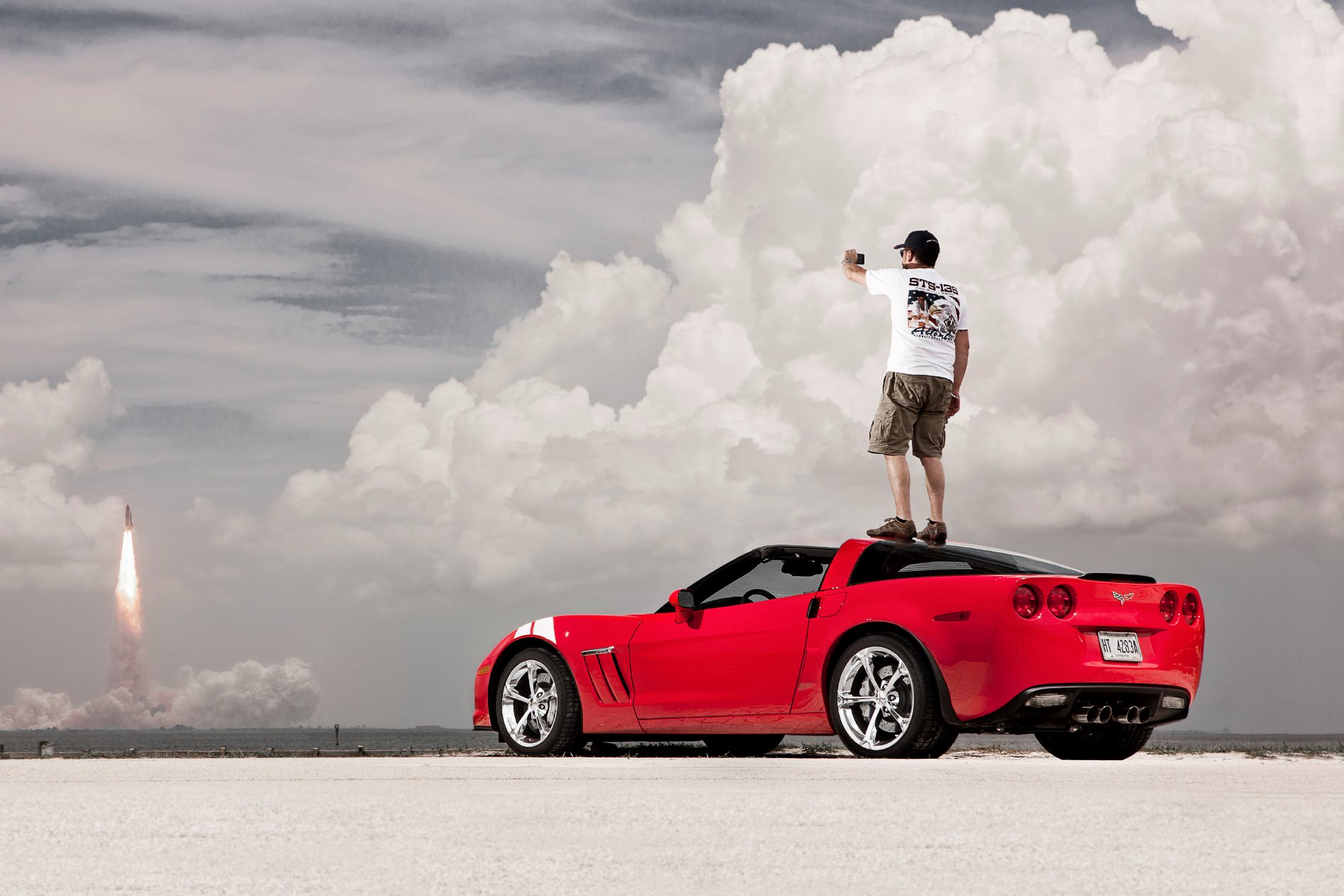McLaren’s new supercar has the Ferrari 458 Italia squarely in its sights. But does the Mac daddy’s stunning tech and staggering performance actually push it into the ‘hyper’ class above?
First published in the March 2011 issue of Wheels magazine, Australia’s most experienced and most trusted car magazine since 1953.
AT THE scheduled 2:45pm precisely – and I mean to the second, because this is McLaren – Ron Dennis walks into the room and tells us that he has built the best-handling sports car in history. I’m about to drive the McLaren MP4-12C, an entirely new supercar from an entirely new supercar maker, but one with about the most perfect pedigree imaginable. Yes, McLaren made the F1, but that was nearly 20 years ago, and the SLR it built for Mercedes wasn’t the car it would have chosen to build itself. This time, Ron is doing it on his own, from scratch and on a grand scale. He and his fellow shareholders have spent A$1.3b developing the first of a range of supercars on which he will build a business three times bigger than his F1 team within five years, and which, from a standing start today, will be as direct a rival to Ferrari on the road as it is on the track.
Never has a sheet of paper been blanker. The new McLaren Automotive didn’t have to build the 12C around an existing engine or engineering philosophy or factory. This is simply the very best car it could make. And when the famously detail-obsessed, über-perfectionist Dennis stands in his surgically-clean, A$500m Bond-villain headquarters sunken into the English countryside and tells you that the result is objectively, measurably, scientifically the best-handling sports car ever made, you need to get straight into the car to find out if he’s right.
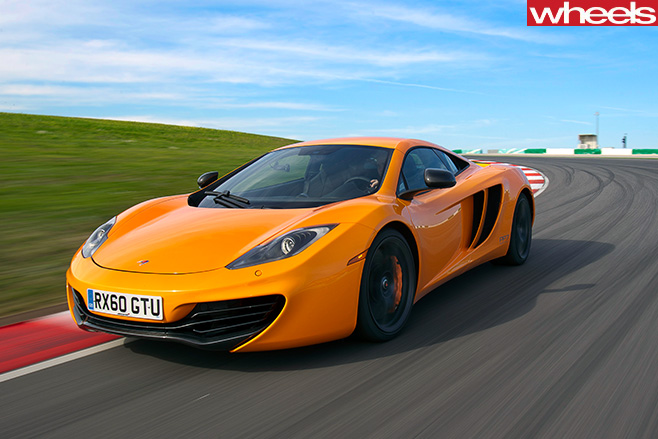

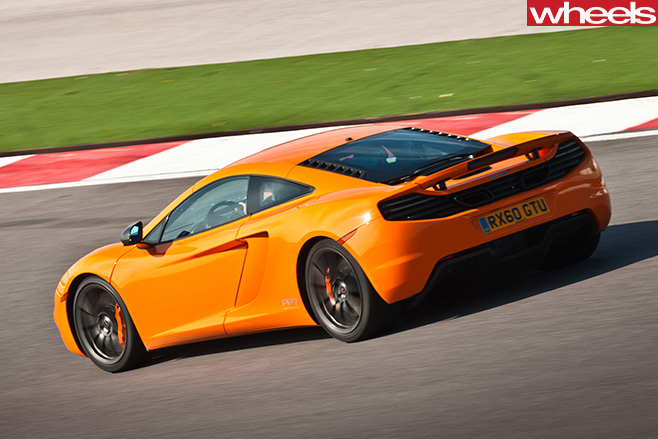
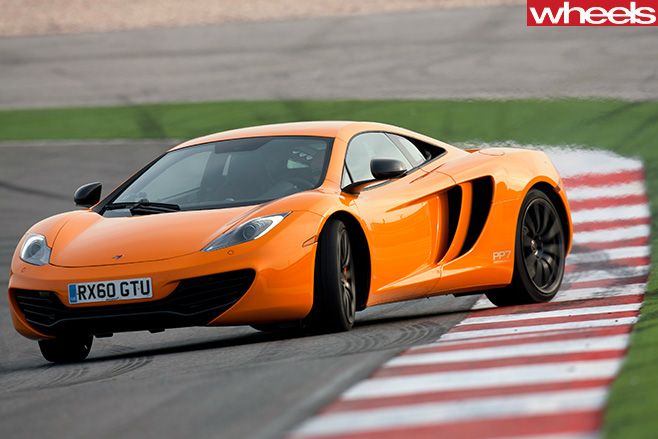
And the numbers? McLaren has kept them quiet until now, and Ferrari isn’t going to like them. At 1434kg with fluids and in standard trim, the 12C is around 50kg lighter than the 458. It gets to 100km/h in 3.3sec, a tenth quicker than the 458, but you can cut two-tenths off that by choosing the optional Corsa tyres. Depending on whose figures you use, it’s around half a second quicker than a McLaren F1 to 200km/h at 9.1sec, or 8.9 on the Corsas. Unofficially, it will get to 300km/h in around 26 seconds, a couple behind the F1 as the older car’s greater power starts to show. McLaren is claiming a 330km/h top speed, a comfortable margin above the Ferrari’s 325km/h, but conservative, say its people privately. I’d have to agree. From the way it was still pulling at 309, there was plainly a lot more to come.
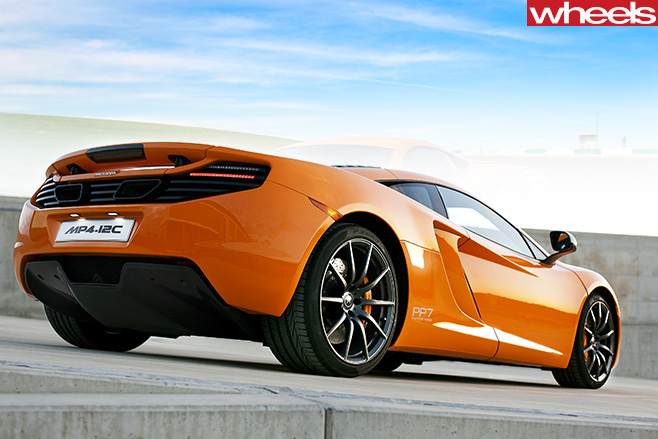
You run your fingers over the proximity sensor hidden in the deep air scoop cut into the scissor door to open it upwards. The square sill of the carbon tub is higher and wider than most but not difficult to climb over. Once in, the door’s grab handle is an easy reach forward and up, and it pulls down shut with little effort. Ahead of you, the instruments are pretty simple; big central tachometer, of course, digital speedo, gear indicator to the right, with status bars for the fluids and a reminder of which handling and performance setting you’re in. The switchgear has plainly been thought about hard and rationalised to the bare, logical minimum. The air-con controls are in the door, just where your right hand falls. The audio and sat-nav are controlled by the upright, iPhone-like central touchscreen. The transmission and handling modes are controlled by two rotary switches below that and are easily found without taking your eyes off the road, but can’t be operated until you’ve hit the ‘active’ button, so that letting your 10-year-old play in the cabin during the week won’t result in a nasty surprise when you turn into your first wet corner of the weekend.


We’re not going to say that the MP4-12C is the best-handling car in the world. But if you had to pick three cars to fight for that title, the new McLaren would be one of them. When Ron says that the 12C is measurably the best-handling car in the world, he means that they’ve strapped it and its rivals to rigs and tested them. “We scientifically know,” he says. “It’s better in every parameter we can measure.” But some things aren’t open to objective measurement. The only real flaw we can find with the MP4-12C is its flawlessness. It’s like a child prodigy; generally begotten by hyper-ambitious parents, staggering in its abilities, perfect in its behaviour, but oddly cool and aloof. The other kids seldom want to hang out with the 12-year-old concert violinist. Criticising a car for being too perfect seems odd, but in a supercar character and emotion and idiosyncrasy and simple, fidgety excitement count for a lot, too. You might buy and love the McLaren for its tech and its many measurable superiorities. But Ron’s numbers don’t tell the whole story, and the Ferrari ain’t outnumbered yet.
SPECS Model: MP4-12C Drivetrain: mid-engine (north-south), rear drive Engine 3.8-litre V8, dohc, 32v, twin-turbo Transmission: 7-speed dual-clutch Power: 441kW @ 7000rpm Torque: 600Nm @ 3000-7000rpm Power-to-weight: 308kW/tonne Torque-to-weight: 418Nm/tonne Weight: 1434kg Price: $550,000 (estimated)

